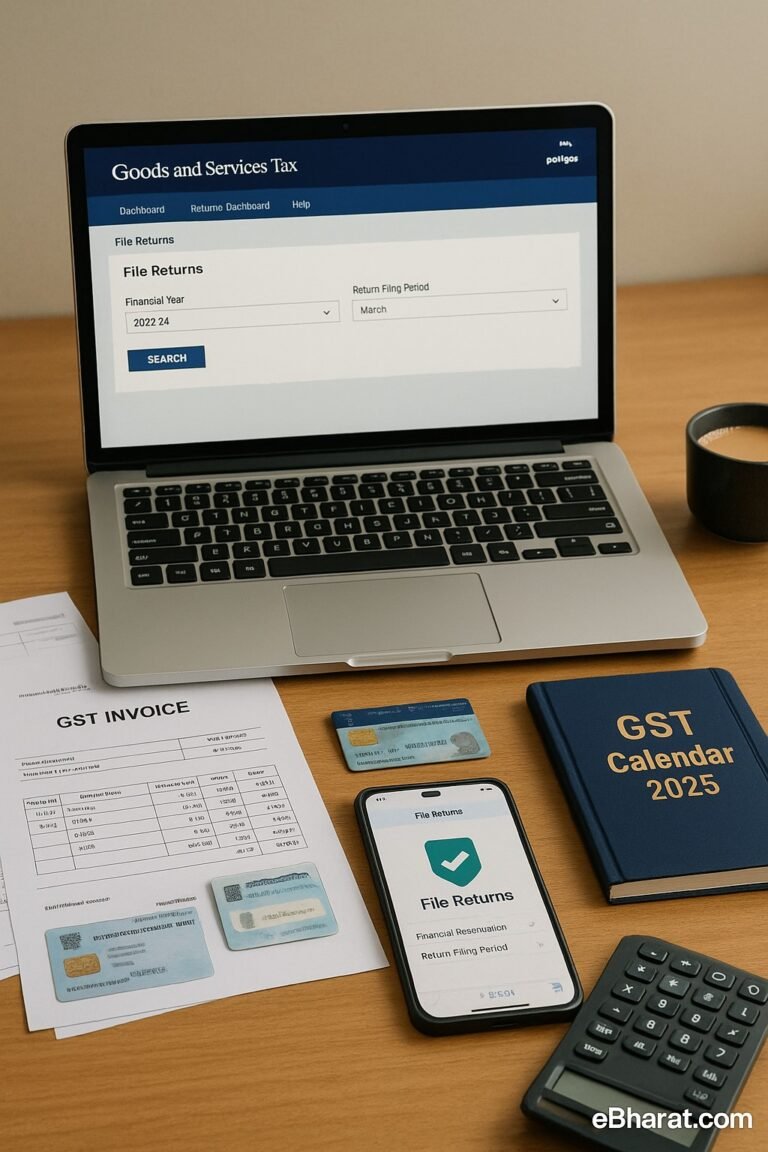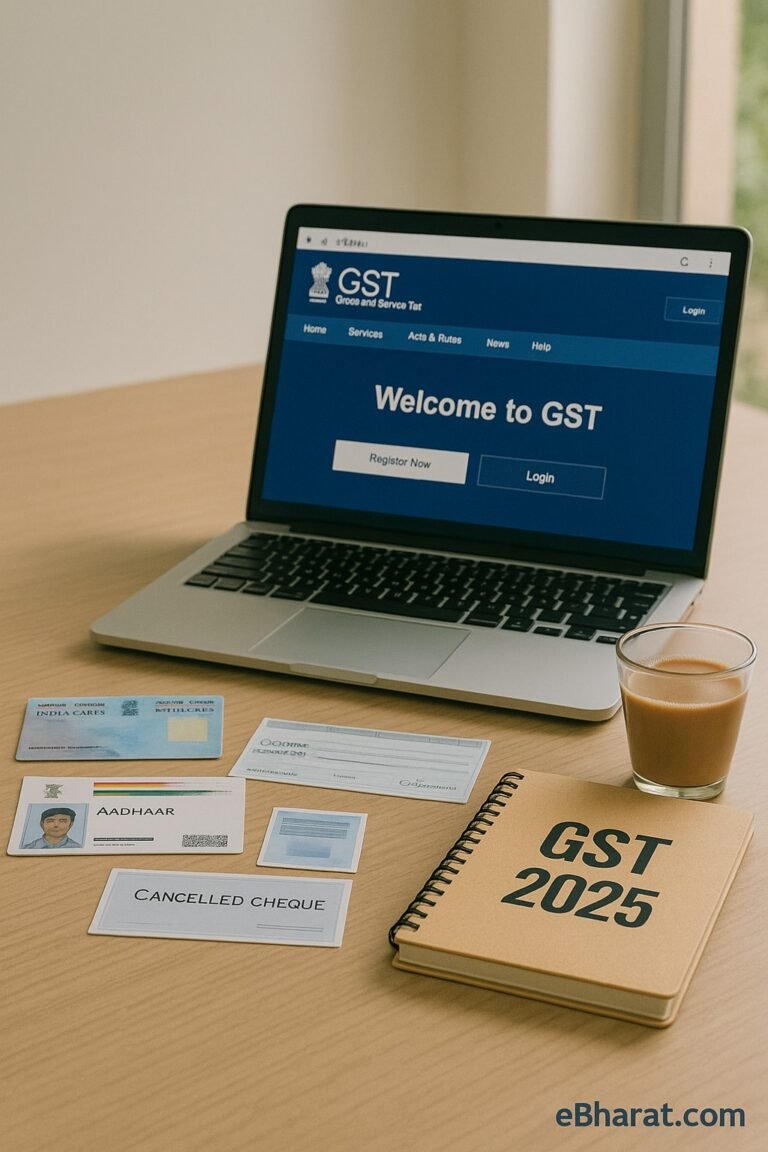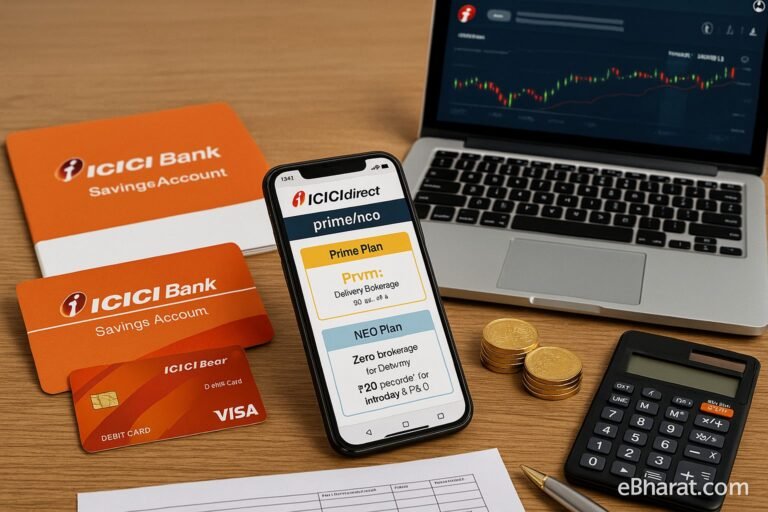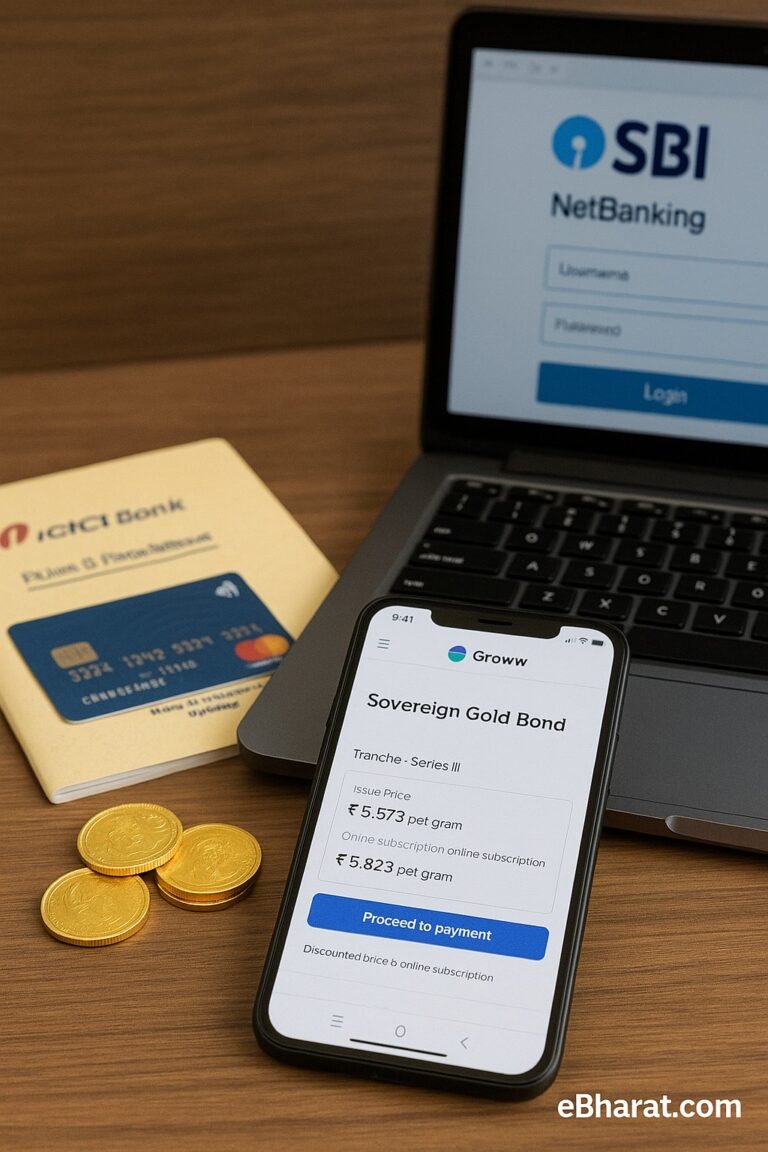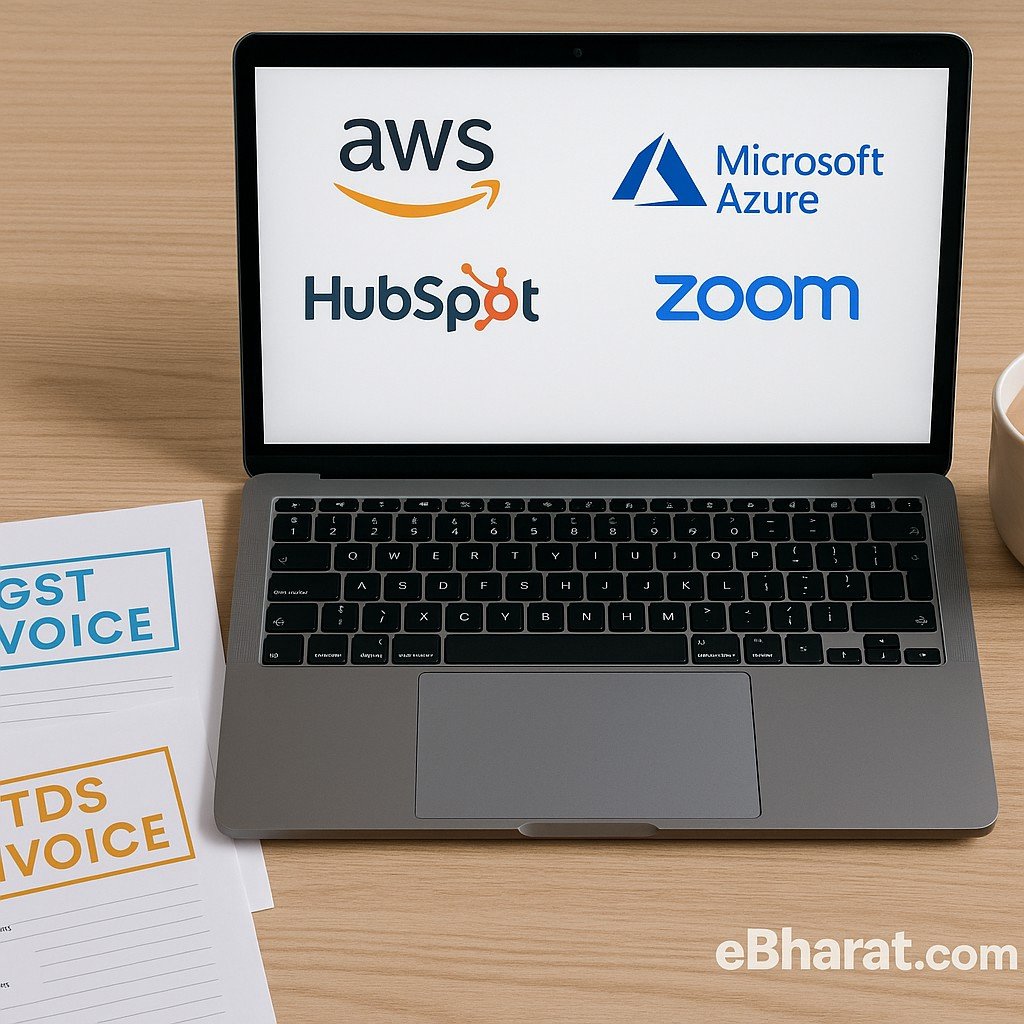
As Indian businesses move aggressively to the cloud, SaaS and IaaS providers like AWS, Azure, Google Cloud, Zoom, HubSpot, and Brevo are now a regular line item in CFO budgets. But global SaaS bills bring complexity: foreign currency charges, GST compliance, and TDS (Tax Deducted at Source) obligations. This guide explains what every Indian CFO and finance manager should know about INR billing, GST, and TDS when dealing with global cloud providers.
The Shift Toward INR Billing
- Earlier, most SaaS platforms billed Indian customers in USD via international payment gateways (PayPal, Stripe).
- Increasingly, providers now offer INR billing with GST invoices, e.g.:
- Microsoft, Google Cloud, AWS → registered in India, issue GST invoices.
- HubSpot, Brevo, Zoom, Notion → some now offer INR billing via local partners.
- INR billing simplifies accounting + GST returns and avoids forex markup surprises.
GST on Cloud Services
- If the provider has an Indian entity (e.g., AWS India, Google India), you’ll get a GST-compliant invoice.
- Input Tax Credit (ITC) can be claimed if services are used for business purposes.
- Standard GST rate: 18% on SaaS/cloud services.
- If billing is from a foreign entity (no Indian GST registration), the company may need to pay IGST under Reverse Charge Mechanism (RCM).
TDS on SaaS Payments
- Under Section 195 of the Income Tax Act, TDS may apply to foreign remittances for SaaS/software usage.
- Typical TDS rates: 10%–15%, unless reduced by a Double Tax Avoidance Agreement (DTAA).
- If the vendor has a permanent establishment (PE) in India, TDS may not apply.
- Many CFOs miss this — leading to compliance risks in tax audits.
Scenarios for CFOs
| Provider | Billing Type | GST Invoice | TDS Applicable? |
|---|---|---|---|
| AWS India | INR | Yes (18% GST) | No |
| Google Cloud | INR | Yes (18% GST) | No |
| HubSpot (Global) | USD | No (RCM IGST) | Yes (10–15%) |
| Brevo India | INR | Yes (18% GST) | No |
Key Compliance Checklist for CFOs
- Prefer INR billing whenever available.
- Collect GST-compliant invoices with GSTIN mentioned.
- Account for Reverse Charge Mechanism (IGST) if invoiced from outside India.
- Deduct TDS on foreign remittances if applicable.
- Keep reconciliation ready for audits (GST vs TDS vs forex).
Tools That Help
- Zoho Books / TallyPrime → automate GST invoice entries.
- ClearTax / RazorpayX → manage TDS deductions.
- SaaSOptics / Spendflo → track global SaaS expenses.
Pros & Cons of INR Billing vs USD Billing
- Simple accounting in INR.
- GST invoice = Input Tax Credit.
- No forex conversion charges.
- Not all SaaS providers offer INR billing.
- GST compliance adds paperwork.
- Enterprise plans may still charge in USD.
eBharat.com
Managing Global SaaS Billing?
Explore SaaS tools and payment solutions that simplify INR billing, GST invoices, and TDS compliance for Indian CFOs.


